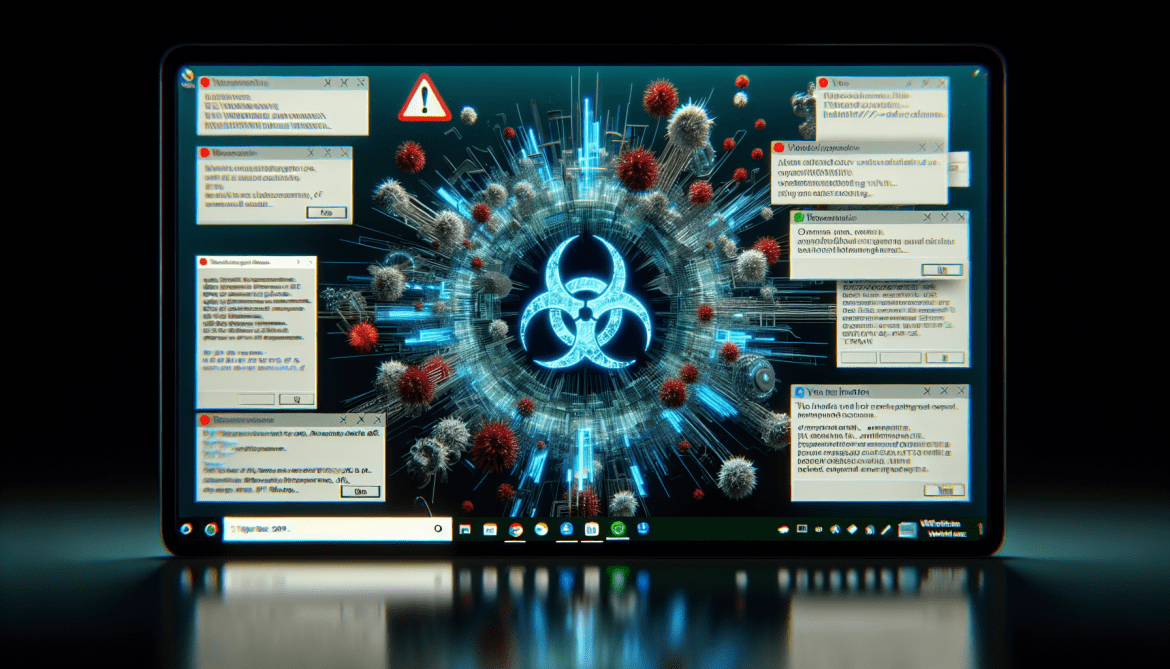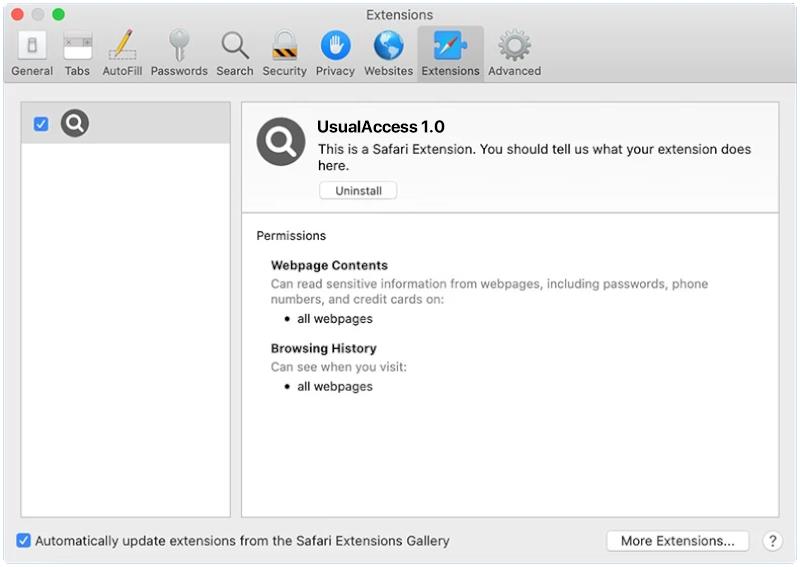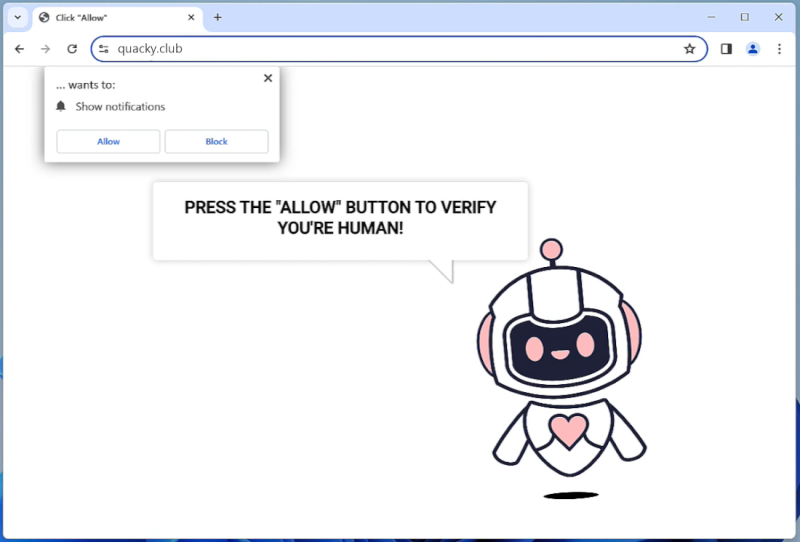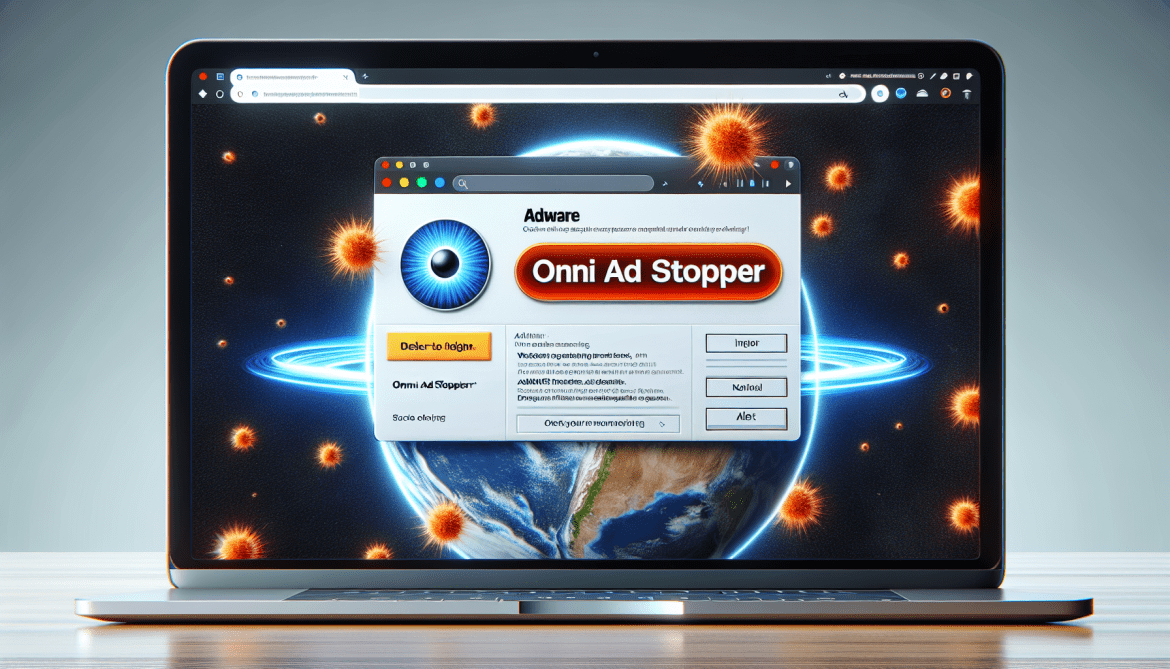Win32:Ransom-Axt [Trj] is a type of Trojan horse malware that belongs to the Win32 family. It is specifically designed to encrypt files on a victim’s computer and then demand a ransom in exchange for the decryption key, hence the term “Ransomware.”
Infecting computers:
1. Phishing emails: The most common method of infection is through phishing emails. The malware is often distributed as an email attachment or disguised as a legitimate file.
2. Malicious websites: Visiting compromised or malicious websites can also lead to infection. These websites may exploit vulnerabilities in the user’s web browser or operating system to silently install the Trojan.
3. Exploit kits: Cybercriminals can use exploit kits to automatically exploit vulnerabilities in software, enabling the Trojan to be downloaded and executed on the victim’s computer without their knowledge.
Once the Win32:Ransom-Axt [Trj] malware infects a computer, it starts encrypting files on the system, making them inaccessible to the user. It typically targets a wide range of file types, including documents, images, videos, and more. After encryption, the Trojan displays a ransom note on the victim’s screen, demanding payment in exchange for the decryption key.
It is important to note that paying the ransom does not guarantee the safe recovery of encrypted files. It is advisable to take preventive measures, such as regularly backing up important files, keeping software up to date, using reputable antivirus software, and being cautious while opening email attachments or visiting unfamiliar websites to avoid infection by such malware.

![How to remove Win32:Ransom-Axt [Trj]](https://malwarewarrior.com/wp-content/uploads/2024/02/win32-ransom-axt-trj--1170x669.png)
![How to remove Win32:Vundrop [Drp]](https://malwarewarrior.com/wp-content/uploads/2024/02/win32-vundrop-drp--1170x669.png)







